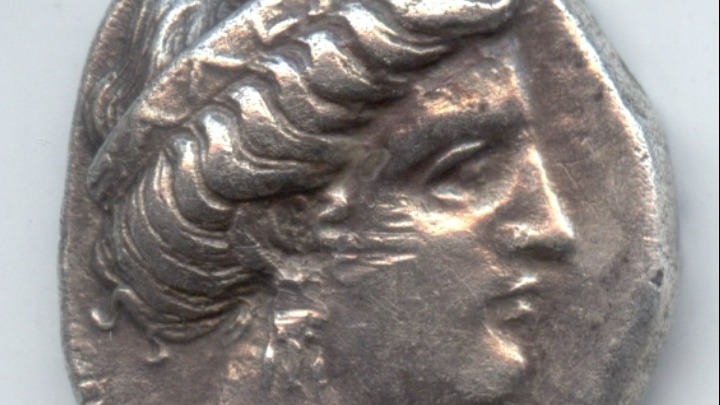


Konuk (Chapter 3) provides an overview of the earliest electrum coinage, and his geographic survey of the earliest silver coinage of the Greek cities, but also in Caria and Lycia, serve to illustrate that the diffusion of this outward from the Lydian and Persian administration was far from a distinctively Greek phenomenon.Īlram’s survey of the ‘Coinage of the Persian Empire’ (Chapter 4) begins with the development of Achaemenid silver from Lydian predecessors, followed by a survey of the satrapal and karanic issues. With the switch to coinage in silver, which would become the standard monetary metal in the Greek world, the motivation moved in part from the fiscal to the utilitarian, with a desire on the part of the state to standardize and protect currency. So the advent of coin came out of the need to make acceptable payments (38-9). ‘The key factor… was the involvement of the state’. He stresses the evidence for pre-coin monetary use of bullion in Greece and Asia Minor, and sets the first coins in this context. The section on the Greek world opens with Kroll (Chapter 2) on the monetary background of early coinage. A ‘lay’ readership would have benefitted from clear accounts of recent work in these fields, no less than that of chemical analysis. Quantitative analysis, metrological analysis, hoard analysis, site-find analysis, stylistic analysis all have significant bibliographies of their own, and offer possibilities for the absorption of numismatic material into other fields of study. It is a pity that there are not similar chapters dealing other methods of analysis of numismatic material. This is a fast-changing field, and it is helpful to have a clear account of the tensions between destructive vs. The volume begins with Ponting’s chapter on the role of scientific analysis.
#HELLENISTIC COINAGE FREE#
The essays are lucid and largely free of unnecessary jargon. The contributors have stuck to their task with success.

The stated aim is ‘to provide a systematic overview of the raw material as well as annotated discussion to support the arguments and to facilitate further inquiry… useful to an academic and a lay audience… written in accessible fashion, making no assumptions of prior knowledge….’ (xviii).
#HELLENISTIC COINAGE SERIES#
The bulk of the book consists of a series of chapters, written by some of the foremost scholars in the field, devoted to specific periods and geographical areas, from the beginning of coinage in seventh-century Asia Minor to the arrival of the penny in 8th-century Western Europe. There follows a single chapter on one aspect of the study of ancient coins, the scientific analysis of their chemical composition. He then very briefly surveys what can be done with coinage as historical, art historical, and economic evidence. A brief introduction by Metcalf describes the production method of ancient coinage, the circumstances of its modern discovery and the consequences of both of these for its study. All involved are to be congratulated and, while in a project as broad as this there are inevitably some omissions, we now have something where there was nothing, and for that we should be very grateful. This new handbook is, therefore, long overdue and hugely welcome. It will be indispensable for anyone, numismatist or not, who works in this period, and will stand as a great monument to its author.As Metcalf notes (xvii), it is over 100 years since the last single volume guide to Greek coinage was produced, and there has never been an equivalent work for Rome. ".the editors have done a splendid job.a brilliant, thorough handbook of Hellenistic coinage for the first half of the Hellenistic Age. Later Hellenistic coinage Philip Grierson The end of Macedonian coinage Otto M�rkholm ī. The Balance of Power: Eastern Hellenism c. Macedonia, Asia Minor and Greece Part III. Philip III and the early posthumous coinage Ĩ. A short epilogue has been added by Professor Grierson describing the main features of the coinage after 188 BC. The survey of early Hellenistic coinage, however, is complete in itself. His original intention was to write a survey of Hellenistic coinage down to the Roman acquisition of Egypt in 30 BC, but he died with his project only half finished. Dr M�rkholm's detailed descriptions of the coins, and the 40 pages of plates illustrating over 600 items, will provide a standard work of reference for ancient historians, numismatists and collectors. It provides a general history of the coinage of Alexander the Great and his successors, and of the cities of Greece and Asia Minor, over the century and a half 336-188 BC.
#HELLENISTIC COINAGE FULL#
This is the first full study of early Hellenistic coinage to be published. Important for the historical background to the coins. xxii, 273 pages, 45 photographic plates, end paper maps.


 0 kommentar(er)
0 kommentar(er)
